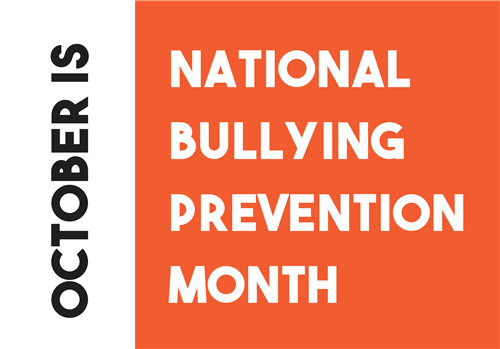by Jason Carter, Violence Prevention Manager, City of Santa Rosa, CA
In the late 1990s and early 2000’s, the City of Santa Rosa was experiencing an increasing amount of violent street gang activity, and an acknowledgement by the Santa Rosa Police Department that the City could not arrest our way out of the gang problem. Although law enforcement efforts were critical, enforcement alone could not adequately address the systemic causes of youth and gang-related criminal activity. There was a growing recognition that a comprehensive approach was necessary, so in July of 2003, then Mayor of Santa Rosa Sharon Wright established the Mayor’s Gang Prevention Task Force with the unanimous support of the Santa Rosa City Council.
“One of our first challenges was actually acknowledging to our community we had an issue with youth violence. Our transparency attracted other members of our community who wanted to be part of the solution.”
Tom Schwedhelm, City of Santa Rosa Councilmember
Modeled after the City of San Jose’s Task Force, the City of Santa Rosa established a community-based collaborative effort designed to engage multiple stakeholders to reduce youth & gang violence. In 2015, The Mayor’s Gang Prevention Task Force was rebranded as the City of Santa Rosa’s Violence Prevention Partnership. Now simply referred to as, “The Partnership,” the program is a model of shared responsibility, currently involving over 50 organizations to strengthen youth and families and create safe neighborhoods through mobilizing and engaging parents, schools, community-based organizations, faith community, business, government, and local law enforcement.
Evidence-informed research suggests that violence prevention requires comprehensive systems to address the social determinants of health to reduce violence and increase pro-social behavior. To better align these efforts, The Partnership developed the Community Safety Scorecard in 2016, which identified strategies through a public health lens across four key domains: Economic Conditions, School Conditions, Family & Community Connectedness, and Crime & Safety. By identifying geographical areas throughout Santa Rosa with higher incidents of violence and gaps in services, The Partnership gained a greater understanding of the root causes of violence while striving for an equitable distribution of local and statewide resources in support of the City’s youth and families.
“The California Board of State and Community Corrections provides grants that promote shared solutions to shared problems and the efficient leveraging of multiple funding sources to improve community/government relations and increase capacity for community-based organizations. The City of Santa Rosa’s Violence Prevention Partnership is an example of one such collaboration, relying on a multi-disciplinary effort among city government, community leaders, schools, faith communities and businesses to protect and provide services to at-risk young people in underserved areas.”
Colleen Curtin, California Board of State and Community Corrections Field Representative
Since 2012 the California Board of State and Community Corrections (BSCC) has awarded the City of Santa Rosa over $2.8 million to deliver evidence-based gang prevention, intervention, and re-entry programs to the under-served communities. This funding has provided The Partnership with the resources to create an internal referral system, Guiding People Successfully (GPS), aimed at providing wraparound case management services for high-risk youth in the community.
Residents of Santa Rosa prioritized supporting our high-risk youth and families by passing Measure O, a sales tax that has allowed The Partnership to invest over $6 million since 2006 into local community-based organizations and schools through the Community Helping Our Indispensable Children Excel (CHOICE) Grant Program. The City of Santa Rosa also organizes community engagement events such as Gang Prevention Awareness Month and Parent Engagement Month to raise awareness and educate the community on the collaborative efforts to prevent youth and gang violence. Although the City of Santa Rosa has recently adopted upstream violence prevention strategies, the City has witnessed change as evidenced by the 88% of youth who did not reoffend after receiving services through our referral program.
The City of Santa Rosa believes there is not one common established system in place to create safe neighborhoods and prevent youth and gang violence, so we rely on innovative forward thinking and strong partnerships to continuously evolve and collectively impact Our Youth, Our Safety, Our Community.
For more information on the City of Santa Rosa’s Violence Prevention Partnership, please visit www.srcity.org/ThePartnership



